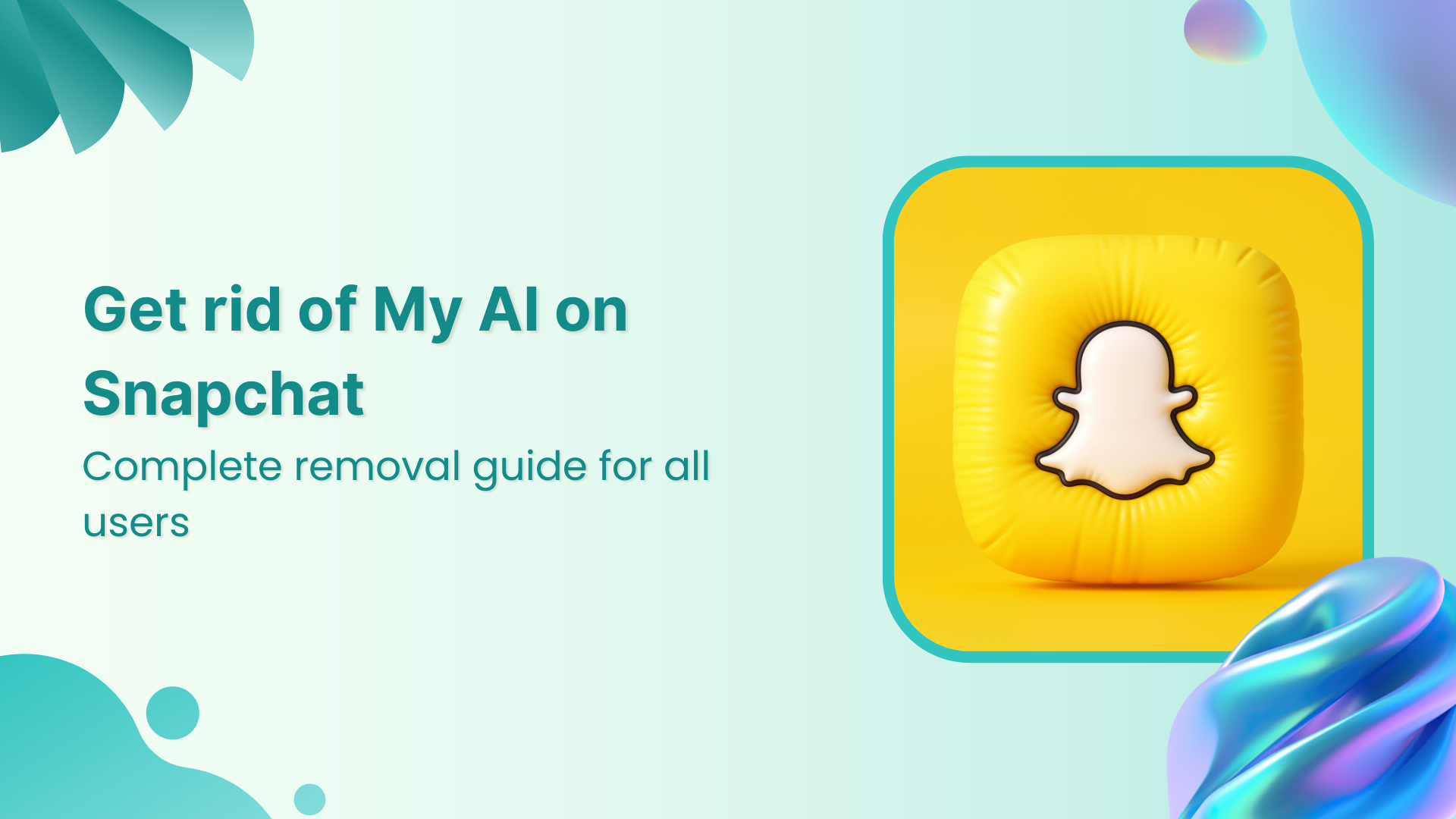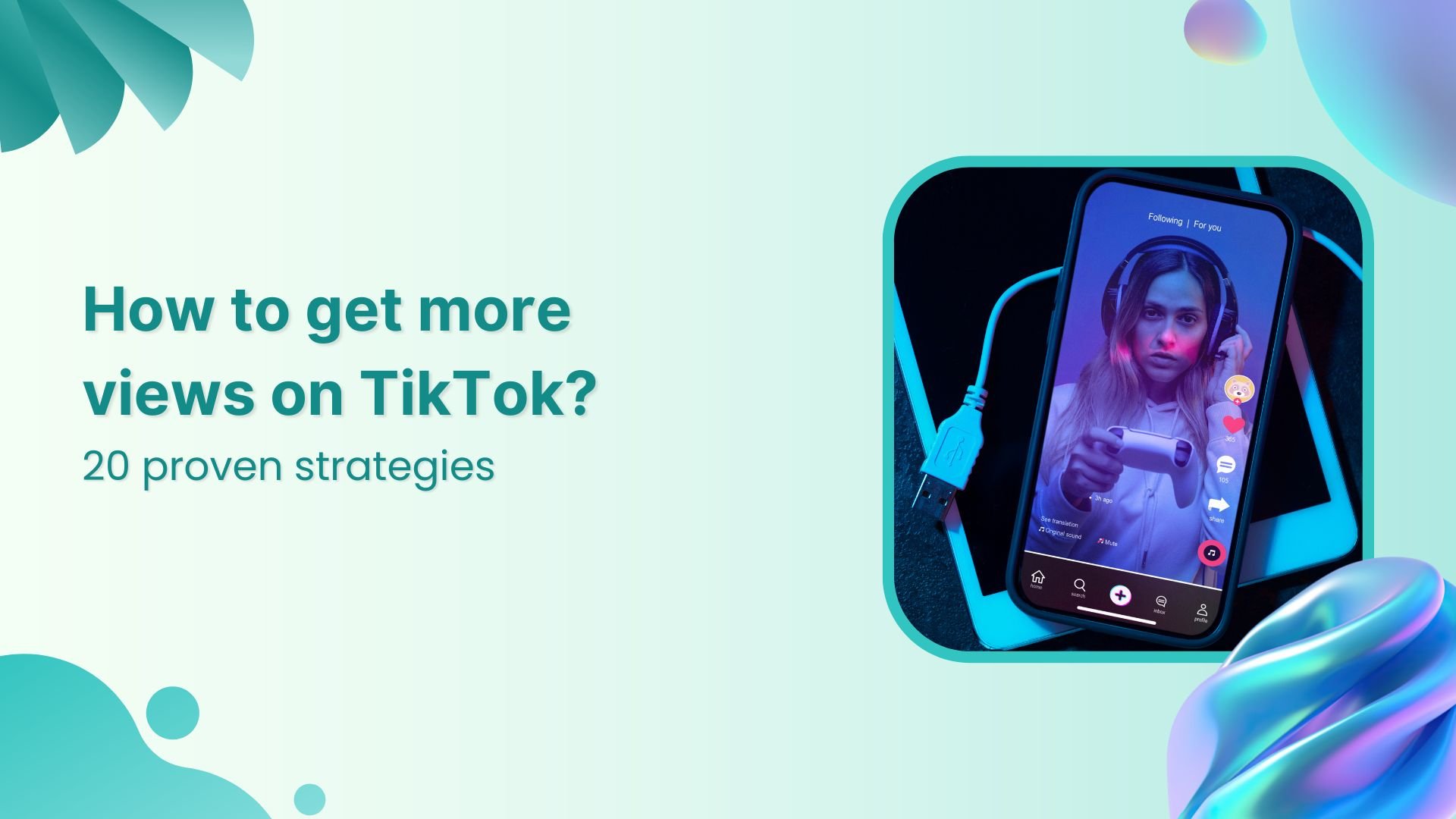Bulk-generate & schedule posts in seconds with Smart Scheduling. Try now!
Cringe

What is the meaning of cringe on social media?
In the context of social media, cringe is a term used to describe content that triggers secondhand embarrassment, discomfort, or awkwardness.
It often refers to posts, videos, or behaviors that come across as forced, inauthentic, or out-of-touch. When someone labels content as "cringeworthy," they are expressing a strong, negative reaction to something they perceive as socially awkward or embarrassing.
Cringe is subjective—what one person finds awkward or embarrassing, another may find entertaining or relatable. Social norms, cultural differences, and personal tastes all influence what is considered cringeworthy.
How is cringe used on social media?
The term "cringe" is widely used across platforms like TikTok, Instagram, Twitter, and Reddit. Users apply it in different ways:
- Reaction comments: People comment "cringe" under posts or videos they find awkward.
- Hashtags: Hashtags like #cringe or #cringeworthy help categorize embarrassing or awkward content, similar to how Instagram's algorithm categorizes content.
- Cringe compilations: Some creators curate and post "cringe compilations"—videos featuring awkward moments, often for comedic purposes.
- Self-awareness posts: Some users label their own content as cringe to acknowledge awkwardness humorously.
Examples of cringe content on social media
Cringe-worthy content varies widely, but here are common categories:
1. Forced or inauthentic content
- Brand mishaps: Brands or influencers trying too hard to be relatable, often using outdated slang.
- Exaggerated content: Overly exaggerated reactions or performances.
2. Failed attempts at humor
- Poor timing: Jokes that fall flat or feel outdated.
- Forced edginess: Trying too hard to be edgy or controversial.
3. Oversharing personal information
- Relationship drama: Posting intimate relationship drama publicly.
- TMI posts: Sharing personal hygiene or bodily function details unnecessarily.
4. Tone-deaf or out-of-touch posts
- Generational gaps: Older generations attempting to participate in Gen Z or millennial trends.
- Brand missteps: Brands hopping onto social movements in an obviously performative way.
5. Socially awkward behavior
- Uncomfortable content: Uncoordinated dance videos where someone is clearly uncomfortable.
- Scripted interactions: Overly enthusiastic or scripted interactions that feel unnatural.
Why do people use "cringe" on social media?
The term "cringe" is not just about labeling awkwardness; it serves several social functions:
- Expression of secondhand embarrassment: People react to content that makes them feel uncomfortable or awkward.
- Shared digital experience: Calling something "cringe" helps users bond over collective social norms.
- Social commentary: Some use the term to critique online behavior, branding attempts, or cultural shifts.
- Humor and entertainment: Cringe compilations and reaction videos thrive because people find humor in awkwardness.
How to avoid creating cringe content
If you're a content creator, brand, or casual user, avoiding cringe content is key to maintaining credibility and engagement. Here are some tips:
- Be authentic: Forced relatability or exaggerated enthusiasm can come off as cringeworthy. Stay true to your personality or brand voice.
- Stay current but genuine: Keep up with trends, but don't force them into your content if they don't align with your style or values.
- Avoid oversharing: Personal stories are great, but oversharing intimate details can make people uncomfortable.
- Understand your audience: Consider whether your content resonates with your target demographic and drives engagement. If it feels out-of-touch, reconsider posting.
- Check for secondhand embarrassment: Before posting, ask yourself: "Would I cringe if I saw this from someone else?" If the answer is yes, rethink it.
- Seek honest feedback: Get opinions from others to see if your content is engaging or unintentionally awkward.
- Stay away from forced humor: Humor is subjective, but trying too hard to be funny can make content fall flat.
- Think before participating in trends: Not every trend suits everyone. Jumping on a trend without understanding it can backfire.
Conclusion
"Cringe" is a powerful term in social media culture, used to describe content that sparks secondhand embarrassment or discomfort. While it is often a matter of personal perspective, certain behaviors—like forced humor, oversharing, and inauthenticity—tend to be widely regarded as cringeworthy. Understanding what makes content cringe and how to avoid it can help individuals and brands maintain a positive online presence.
By staying authentic, knowing your audience, and keeping up with trends naturally, you can create engaging content that connects rather than repels.

Create, plan, schedule, and publish posts on all social media networks
Recommended for you


Powerful social media management software
14-day free trial - No credit card required.


